
Smart Strategies for Reducing Carbon Footprints
In recent years, Austin has become a leader in green building practices, creating a city that is truly eco-friendly and sustainable. For real estate buyers and builders looking to reduce their carbon footprints, there are many smart strategies that can be employed to make sure their projects are as environmentally friendly as possible.
One of the most effective strategies for reducing a building’s carbon footprint is to utilize renewable energy sources. This could include solar panels, wind turbines, or geothermal energy. These renewable energy sources can provide a reliable and steady stream of energy that is free from the emissions of traditional fossil fuels. Additionally, by investing in renewables, buyers and builders can benefit from long-term cost savings, making this an ideal option for those looking to reduce their carbon footprint in a cost-effective way.
Another great way to reduce a building’s carbon footprint is to utilize green building materials. This includes materials such as recycled lumber, bamboo, and reclaimed brick and stone. These materials are not only sustainable, but can also be strong and attractive, making them an ideal choice for those looking to build or buy an eco-friendly property. Additionally, using green building materials can also help to reduce construction waste, making this an even more attractive option.
When it comes to reducing a building’s carbon footprint, one of the most important strategies to consider is energy efficiency. This could include installing high efficiency windows and insulation, as well as energy-efficient appliances. Additionally, buyers and builders should consider switching out any outdated light fixtures and appliances in order to maximize energy savings. By making these simple changes, buyers and builders can rest assured that their carbon footprint is as small as possible.
Finally, one of the most important green building practices for reducing a building’s carbon footprint is water conservation. This includes installing low-flow toilets, showerheads, and faucets, as well as utilizing rainwater harvesting systems. By taking the time to invest in these water saving strategies, buyers and builders can rest assured that their carbon footprint is reduced as much as possible.
Overall, Austin is one of the most eco-friendly cities in the country, making it the ideal place for buyers and builders looking to reduce their carbon footprints. By taking advantage of smart strategies such as renewable energy sources, green building materials, energy efficiency, and water conservation, buyers and builders in the Austin area can rest assured that their projects are as environmentally friendly as possible.
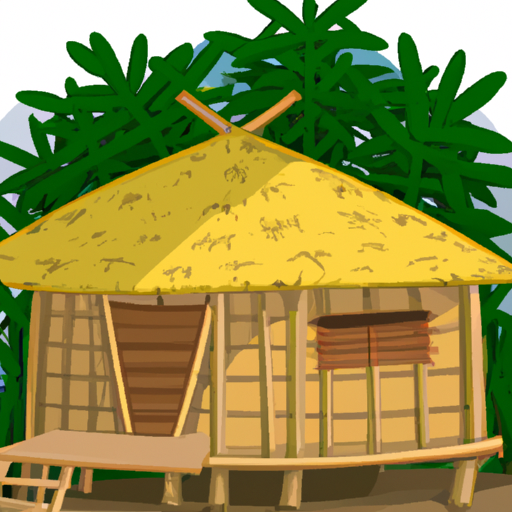
The Basics of Green Building in Austin
Green building practices have become increasingly popular in recent years, and Austin is one of the most environmentally conscious cities in the country. Austin is a great place to purchase or build a home that is both eco-friendly and energy-efficient. To ensure that your home is as sustainable as possible, it is important to understand the basics of green building in Austin.
Green building is the practice of constructing homes and buildings that are energy-efficient and environmentally friendly. This means that the building material, construction methods, and overall design of the home must all meet certain standards of sustainability. There are various strategies for green building, such as choosing materials with low carbon footprints, utilizing renewable energy sources, and installing energy-efficient appliances.
In Austin, the Department of Energy and the Austin Energy Green Building Program have established specific guidelines for green building practices. Homes must meet the program’s criteria in order to qualify as a green building. The Green Building Program recognizes several categories of green building, including LEED certification, ENERGY STAR certification, and the Austin Energy Green Building program. Each category is further broken down into specific requirements that must be met in order to achieve certification.
When it comes to materials, the Green Building Program recommends using recycled materials, natural materials, and materials with low embodied energy. Recycled materials are materials that have been reused or repurposed from other projects. Natural materials, such as wood and stone, are often more sustainable than synthetic materials. Materials with low embodied energy are materials that require less energy to produce, such as bamboo and cork.
In terms of construction methods, green buildings should be built with energy efficiency in mind. This means that windows should be properly sealed and insulated, walls should be designed with energy efficiency in mind, and energy-efficient heating and cooling systems should be installed. Additionally, green buildings should utilize renewable energy sources, such as solar or wind power.
Finally, green buildings should employ energy-efficient appliances and fixtures. This includes energy-efficient lighting, water-saving fixtures, efficient heating and cooling systems, and energy-efficient appliances. The use of these appliances and fixtures can greatly reduce the amount of energy used in a home.
The Department of Energy and the Austin Energy Green Building Program have set the standards for green building in Austin. By understanding the basics of green building and incorporating sustainable materials, construction methods, and energy-efficient appliances, you can ensure that your home is as eco-friendly and energy-efficient as possible. With these tips, you can create a home in Austin that is both beautiful and sustainable.
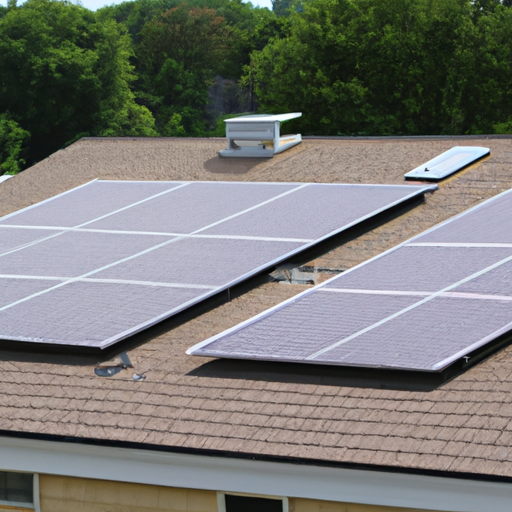
Exploring the Benefits of Eco-Friendly Building Techniques
The benefits of eco-friendly building are numerous and far-reaching, making it an important consideration for Austin real estate buyers and builders looking to make an impact on the environment. Not only does eco-friendly building help reduce a home’s carbon footprint, but it can also help reduce energy bills and create a healthier living environment. From energy-efficient appliances to sustainable construction materials, there are a variety of green building practices that can be implemented in Austin real estate.
One of the most popular green building practices is the use of energy-efficient appliances. By installing energy-efficient appliances, such as refrigerators, ovens, and washers, Austin real estate buyers and builders can reduce their electricity usage and save money on their energy bills. Additionally, investing in energy-efficient appliances helps to reduce the amount of greenhouse gases and carbon dioxide that is released into the atmosphere.
In addition to energy-efficient appliances, Austin real estate buyers and builders should also consider investing in sustainable construction materials. Using materials such as bamboo, linoleum, and recycled plastic can help reduce the environmental impact of the home’s construction. Bamboo is an incredibly sustainable material, as it grows quickly and produces high yields. Additionally, it can be used to create a wide range of products, from furniture to flooring. Linoleum is another great option, as it is made from renewable materials and is highly durable. Recycled plastic can be used to create a variety of items, such as countertops, furniture, and flooring.
Another important green building practice is the use of water-efficient systems. Installing a low-flow shower head and faucets, as well as dual-flush toilets, can help reduce water usage and conserve water resources. Additionally, Austin real estate buyers and builders should consider investing in a rainwater harvesting system. These systems capture and store rainwater, which can then be used for irrigation, car washing, and other outdoor activities.
Finally, Austin real estate buyers and builders should consider investing in solar energy. Solar panels can be installed on the roof or other areas of the house, allowing the home to generate its own energy. This not only reduces the home’s reliance on traditional energy sources, but it can also help reduce energy bills.
The benefits of eco-friendly building are immense, and there are a variety of green building practices that can be utilized in Austin real estate. From energy-efficient appliances to sustainable construction materials, investing in green building practices can help reduce the environmental impact of the home and create a healthier living environment. Additionally, these practices can help reduce energy bills and create an energy-efficient home. Therefore, it is important for Austin real estate buyers and builders to consider these green building practices when constructing or purchasing a home.
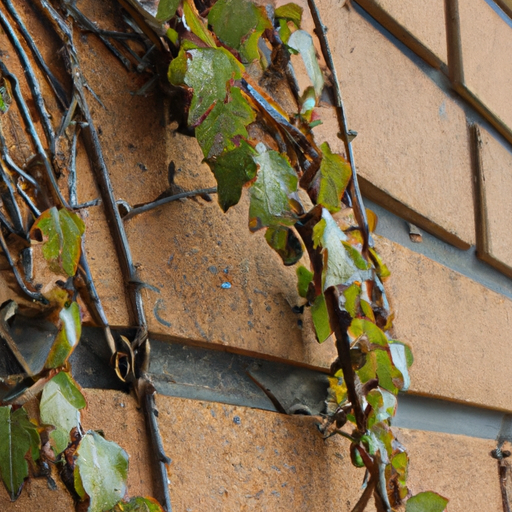
The Financial Benefits of Green Building
Green building practices are becoming increasingly popular in the Austin real estate market and for good reason. Not only are green building practices environmentally friendly, but they also offer significant financial benefits.
The most obvious financial benefit of green building is the long-term savings on energy costs. Green building practices are designed to save energy and water through the use of efficient materials, fixtures, and appliances. This can result in significant savings on monthly utility bills. Additionally, green building practices can reduce maintenance costs over the long term. This is because green building materials are often more durable and require less maintenance than traditional materials.
Another financial benefit of green building is the potential for increased resale value. Studies have shown that homes with green building features often sell for a higher price than comparable homes without them. This is due to the fact that buyers are increasingly seeking out homes with green features and are willing to pay a premium for them.
Finally, green building can be a great way to save money on taxes. There are several different tax incentives available for builders and buyers of green homes, ranging from energy efficient mortgages to credits for energy-efficient appliances. These incentives can help offset the cost of green building and make it a more attractive option for buyers and builders.
Overall, green building offers a variety of financial benefits to both buyers and builders. Not only can it save money on monthly utility bills and maintenance costs, but it can also increase resale value and offer potential tax savings. By taking advantage of green building practices, Austin real estate buyers and builders can reap the rewards of an eco-friendly lifestyle while also enjoying the financial benefits.
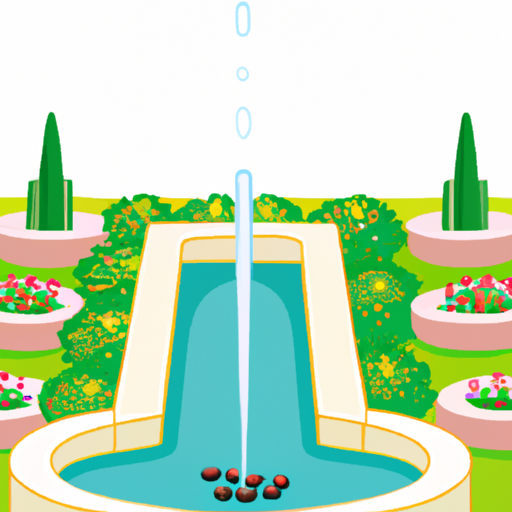
Understanding the Impact of Green Building Practices
The impact of green building practices on Austin real estate is an important topic for eco-friendly buyers and builders alike. With the rise of energy efficiency and sustainability awareness, the need to understand the impacts of green building practices is more critical than ever. By making the decision to invest in green building practices, buyers and builders can help to create a healthier environment, reduce their carbon footprint, and save money on energy costs in the long-term.
In Austin, green building practices are defined as those that reduce energy consumption, reduce water usage, and increase indoor air quality. This can include the use of materials that come from renewable sources, the installation of energy-efficient appliances, and the use of sustainable construction methods. Additionally, green building practices can involve the use of green roofs, rainwater harvesting systems, and other green building materials.
The impact of green building practices in Austin can be felt in multiple ways. For example, energy efficiency can help to reduce energy costs for homeowners and businesses alike. By installing energy-efficient appliances, such as LED lighting and Energy Star-rated appliances, energy bills can be reduced significantly. Additionally, green building practices can help to reduce water usage and water bills, as well as reduce the amount of waste that is produced.
The use of green building materials in Austin can also help to reduce the amount of air pollution in the area. This is because green building materials are often made from renewable sources and are free from hazardous chemicals. By reducing the amount of air pollution, the air quality in Austin can improve significantly. Additionally, green building practices can help to reduce the amount of greenhouse gas emissions that are released into the atmosphere, thus helping to combat climate change.
The use of green building practices can also help to create more livable, attractive, and sustainable neighborhoods in Austin. By investing in green building practices, buyers and builders can help to create an environment that is more conducive to a healthy lifestyle. Additionally, green building practices can help to create a safer and more secure environment for Austin residents, as green building materials are often made from renewable sources and are free from hazardous chemicals.
Finally, green building practices can help to create a more aesthetically pleasing environment in Austin. By using green building materials and energy-efficient appliances, buyers and builders can help to create an environment that is both visually appealing and energy-efficient. Additionally, green building practices can help to reduce the impact of climate change on Austin’s local environment, as green building materials are often made from renewable sources and are free from hazardous chemicals.
By understanding the impact of green building practices in Austin, buyers and builders can make more informed decisions when it comes to investing in green building practices. By taking the initiative to invest in green building practices, buyers and builders can help to create a healthier, more sustainable environment for Austin residents. Additionally, green building practices can help to reduce energy costs, reduce water usage, and reduce air pollution in the area. All of these benefits can help to create a more livable, attractive, and sustainable environment in Austin.
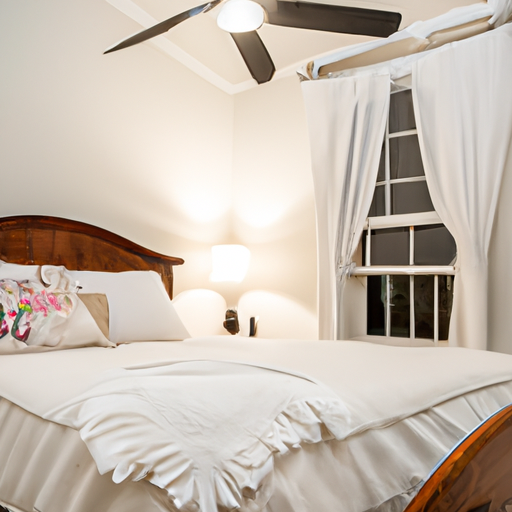
Incorporating Sustainable Materials for a Greener Home
For Austin real estate buyers and builders looking to make eco-friendly choices, incorporating sustainable materials into the design of a home is a great way to create a greener home. Sustainable materials are materials that are produced in a way that benefits the environment, such as using renewable energy sources, reducing waste, and conserving natural resources. By incorporating sustainable materials into the home, buyers and builders can reduce their home’s environmental impact and create an energy-efficient and comfortable living space.
When it comes to selecting sustainable materials, there are several options that can provide a green building solution. For example, bamboo flooring is an eco-friendly option that is durable and stylish. Bamboo is a rapidly renewable resource that is easy to maintain, and it has a smaller environmental impact than other flooring materials. In addition, bamboo is available in a variety of colors and styles, so buyers and builders can choose the look that best suits their needs.
Another sustainable material to consider is recycled glass countertops. Recycled glass countertops are made from recycled glass, and they offer a unique and beautiful look. They are also durable, easy to clean, and heat-resistant, making them an ideal choice for eco-friendly buyers and builders. Additionally, recycled glass countertops are available in a variety of colors and styles, and they are an excellent way to add a modern look to any home.
Cork flooring is also a great eco-friendly material for Austin real estate buyers and builders. Cork is a rapidly renewable resource that is easy to maintain, and it offers an attractive and comfortable surface that is perfect for homes with children or pets. Cork is also naturally water-resistant, making it an ideal choice for bathrooms and kitchens. Additionally, cork is available in a variety of colors and styles, so buyers and builders can choose the look that best suits their needs.
Finally, buyers and builders should consider using low-VOC paints, which are paints that contain no or low levels of volatile organic compounds. Low-VOC paints are eco-friendly, and they are also non-toxic and safe to use in homes with children or pets. Low-VOC paints are available in a variety of colors and styles, so buyers and builders can choose the look that best suits their needs.
By incorporating sustainable materials into the design of a home, Austin real estate buyers and builders can create an eco-friendly home that is stylish and comfortable. Sustainable materials such as bamboo, recycled glass, cork, and low-VOC paints offer a variety of benefits, from reduced environmental impact to attractive and modern looks. By choosing green building practices, buyers and builders can create a greener home and help create a more sustainable future.
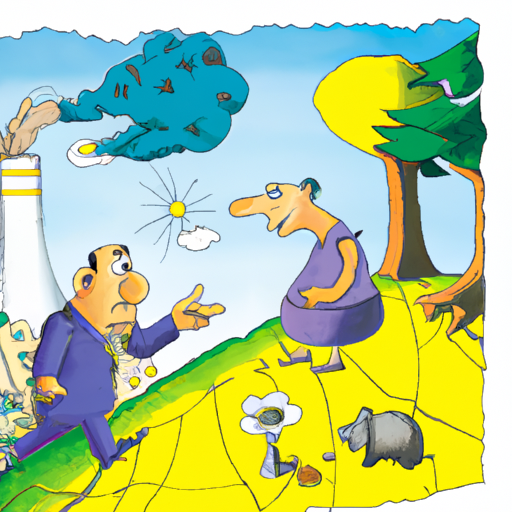
Minimizing Your Impact on the Environment
As Austin real estate continues to rise in popularity, it is becoming increasingly important for buyers and builders to consider the environmental impact of their decisions. By following green building practices, you can minimize your impact on the environment and help create a more sustainable future. Here are some top green building practices for Austin real estate that can help you create an eco-friendly home.
Firstly, incorporate energy-efficient materials and appliances into the home. This includes using materials with low VOC (Volatile Organic Compounds) content, as well as choosing appliances with high energy star ratings. Additionally, consider investing in solar panels for your home. Solar energy helps to reduce your carbon footprint, as well as providing a reliable and renewable energy source.
When it comes to design, you can also work to minimize your impact on the environment. Incorporate natural materials into the home’s construction, such as cork and bamboo flooring. Furthermore, consider installing energy efficient windows, as well as low-flow fixtures in the bathroom and kitchen. These fixtures can help you reduce water waste, while also potentially saving you money in the long run.
You can also make a difference in terms of the home’s landscaping. Plant trees and shrubs around your property, as they provide shade and help to reduce energy costs. Additionally, use native species of plants that are adapted to the local climate. This will help to conserve water and reduce the need for chemical fertilizers and pesticides.
Finally, try to use recycled and reclaimed materials in the construction of your home. This includes using reclaimed wood from demolished buildings, as well as utilizing local and upcycled materials. By using these materials, you can help to support local businesses and reduce the need for new building materials, which can help to conserve resources.
By following these green building practices for Austin real estate, you can minimize your impact on the environment and help create a more sustainable future. Not only are these practices beneficial for the environment, but they can also save you money in the long run. So, if you’re looking to buy or build a home in Austin, consider incorporating these green building practices into your plans.
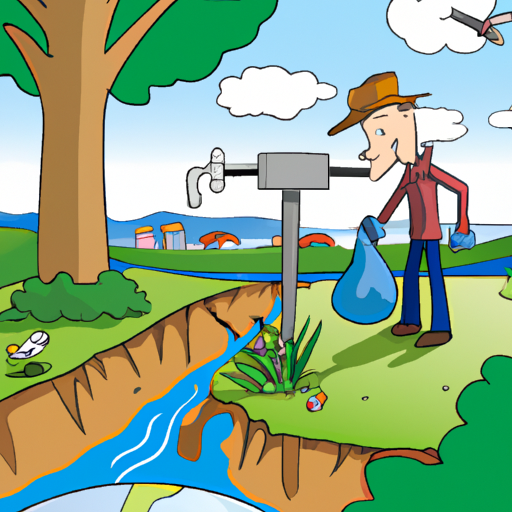
Finding Eco-Friendly Contractors for Your Project
As Austin’s real estate market continues to flourish and expand, many homebuyers and builders are seeking ways to create eco-friendly properties. One of the most important aspects of any green building project is finding the right contractor to bring your vision to life. Fortunately, Austin is home to a variety of reliable, eco-friendly contractors who are eager to help make your green building project a reality.
When searching for an eco-friendly contractor, it is important to consider the contractor’s experience and their commitment to green practices. Look for contractors who are certified through green building organizations, such as the US Green Building Council. This certification ensures that the contractor is knowledgeable and experienced in green building practices, which will ultimately result in a higher quality, more sustainable project.
In addition to certification, you should also research the contractor’s previous projects to get a better idea of their green building experience. Check out their portfolio and see if they have completed any green building projects that are similar to yours. Ask for references and contact previous clients to learn more about their experience with the contractor. This will help you determine whether or not the contractor is a good fit for your project.
It is also important to ensure that the contractor is using the most up-to-date and efficient green building materials and technology. Ask potential contractors about the types of materials they use and the green building technology they are incorporating into the project. Look for contractors who are knowledgeable about the latest green building technologies and have a proven track record of using them on their projects.
Finally, it is important to find a contractor who is dedicated to ensuring the highest quality green building practices. Look for contractors who are willing to work with you to ensure that the project is completed in a cost-effective and sustainable way. Ask potential contractors about their commitment to green building practices and their commitment to meeting your individual green building goals.
Finding the right contractor for your green building project can be a daunting task, but it is an essential part of ensuring the success of any green building project in Austin. With a bit of research, you can find the right contractor who will bring your vision to life with their commitment to green building practices. By following these tips, you can rest assured that you will have the best contractor on the job to ensure a successful, eco-friendly project.



